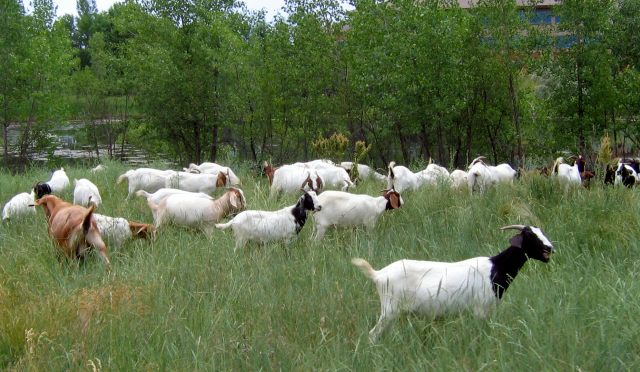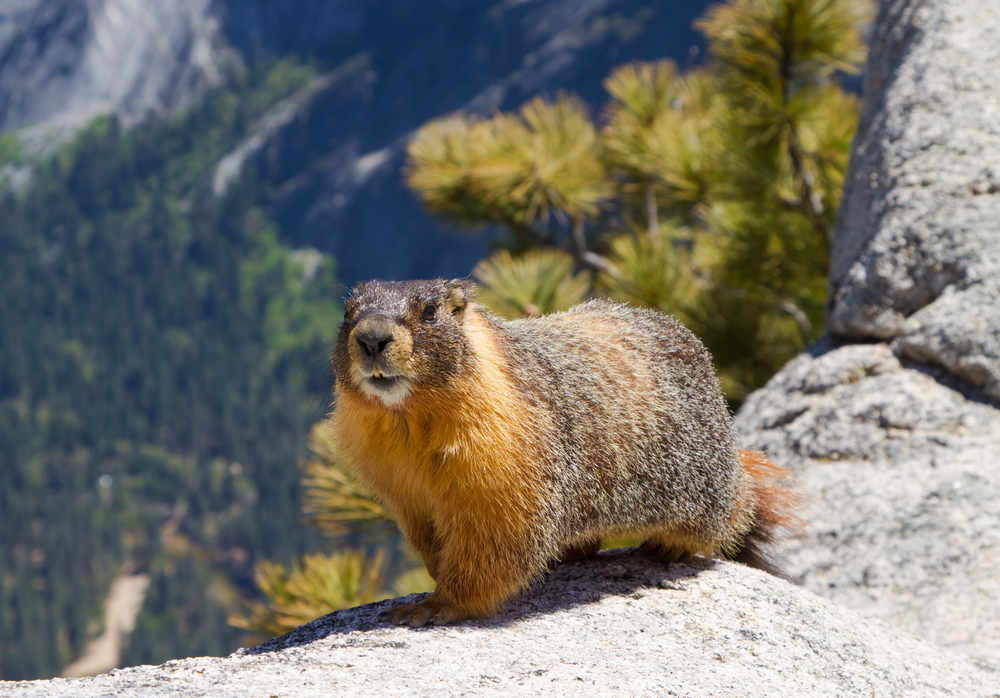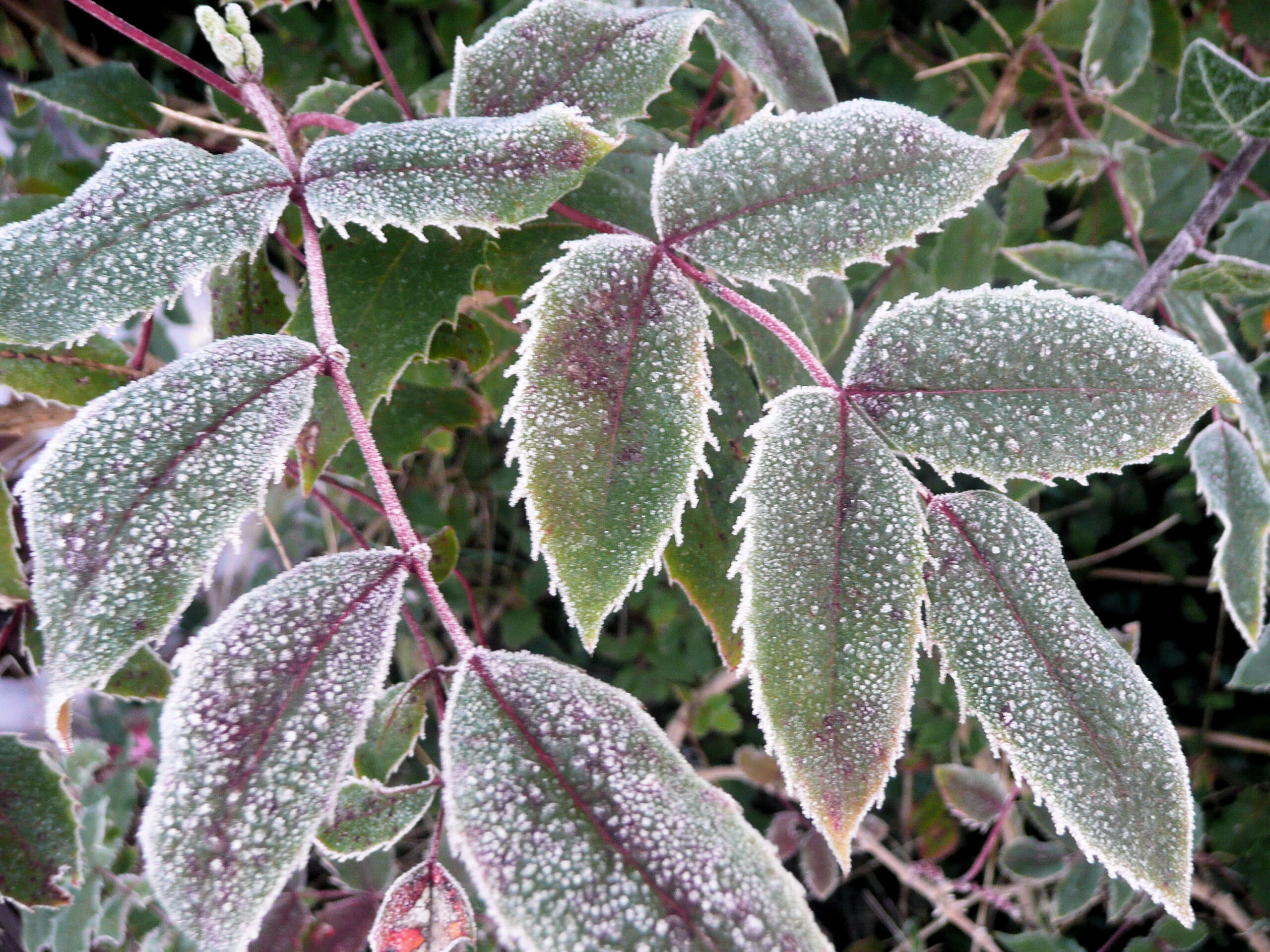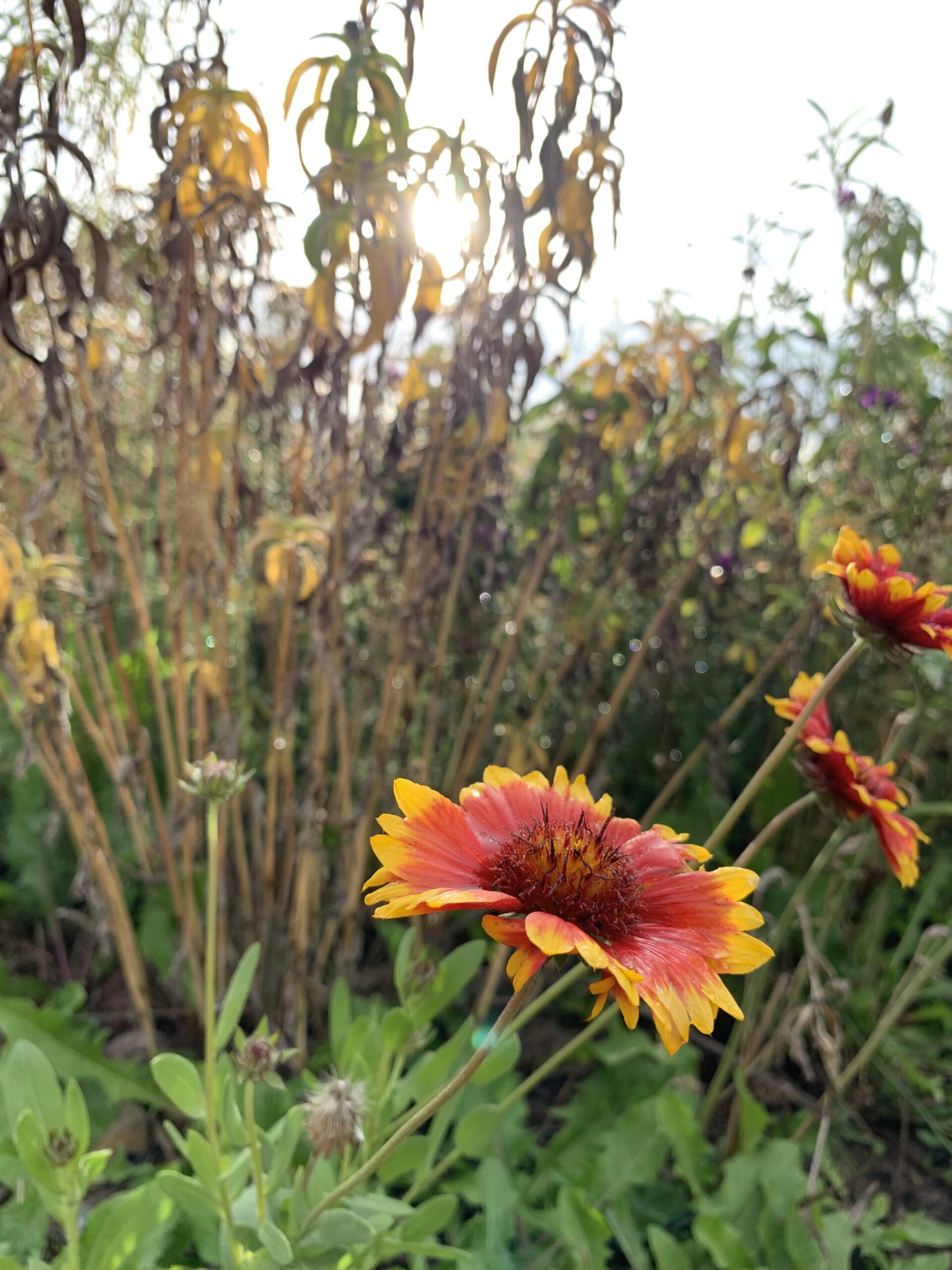By Jessie Walthers, Conservation Program Manager Groundhog Day. Who doesn’t love this most random of…

Another Tool in the Toolbox: Grazing Goats
Many landowners are interested in alternative methods for controlling weeds on their property. Reasons may include hesitance or opposition to use of synthetic chemical herbicides, difficulty accessing areas of infestation with equipment and/or manpower, or simply interest in adding another tool to the weed-management toolbox. One alternative that has gained recent attention is prescribed grazing by goats.
Goats are not conventional grazers. In fact, they aren’t grazers at all. Goats have triangular/V-shaped, narrow mouths and prefer to “browse”. Goats will browse on grasses, forbs, trees, and shrubs3. They crush weed seeds so they are no longer viable and destroy leaves so they can no longer photosynthesize4. Goats work quickly and efficiently. They pick, nibble, and chew very fast. They are comfortable in tight herds (as opposed to cattle which seem to prefer being spread out most of the time). Goats are nimble climbers that can clear steep, uneven ground more effectively and completely than a person, ATV, or truck armed with equipment.
The success of weeds in the west can be attributed to life history traits that allow weeds to establish and out-compete native plants. Weeds tend to be prolific, with each flower producing hundreds to thousands of seeds. Weeds that are left in pastures become well established through strong roots and stems as well as food storage structures like rhizomes, tubers, stolons, and crowns1. Weed control by goats is most effective when used alongside additional control techniques and can be incorporated into an integrated weed management plan alongside biocontrol, herbicides, and/or mechanical treatment, with each treatment optimally timed for effectiveness. Multiple iterations of targeted grazing over several years may be required to control a weed infestation4.
In practice, grazing can either promote or suppress the spread of weeds. The variety of livestock, timing and frequency of grazing intervals, and style of grazing (rotational or continuous) can influence success of a targeted grazing plan. Some grazing animals tend to select forages surrounding weeds instead of the weeds themselves. Goats can be used to target specific weed species because of their foraging patterns and dietary preferences and tolerances4. Overgrazing a pasture or area may suppress desirable species in addition to weeds, suppress the ability of desirable species to compete with weeds, and expose and compact bare soils that invite weeds to colonize. However, rotational grazing that is closely monitored can actually improve soil health by stimulating growth of vegetation and fertilizing as hooves work manure into the soil4.
If you’re interested in adding prescribed grazing by goats to your land management plan, turn to a professional for guidance and assistance. The Flathead County Weed Department can help you to identify noxious weeds and develop an integrated weed management plan. Local agencies such as the Flathead Conservation District, Natural Resources Conservation Service, and MSU Extension Office can provide you with information on management of natural resources and programs that are available to assist you with meeting your goals. If goats are a feasible tool in your toolbox, check out the Montana Goat Company. They are a local business that provides targeted weed control by goats on properties that range from backyard-size up to 500 acres. Start exploring some of the local resources and alternatives for tackling weeds on your property!
Literature cited:
- Karki, U (Editor). 2012. Tuskegee University Cooperative Extension Program. Workshop Proceedings. Livestock Production: Pasture-Weed Identification and Management.
- Sedivec, K. et al. 1995. Controlling Leafy Spurge Using Goats and Sheep. North Dakota State University Extension Service, Fargo, North Dakota.
- U.S. Fish & Wildlife Service National Wildlife Refuge System: Online Learning Modules. Managing Invasive Plants: Concepts, Principles, and Practices. Management Methods: Prescribed Grazing.
- Lamming, L. 2001. Successfully Controlling Noxious Weeds with Goats: The Natural Choice That Manages Weeds and Builds Soil Health. Beyond Pesticides 21:4.



